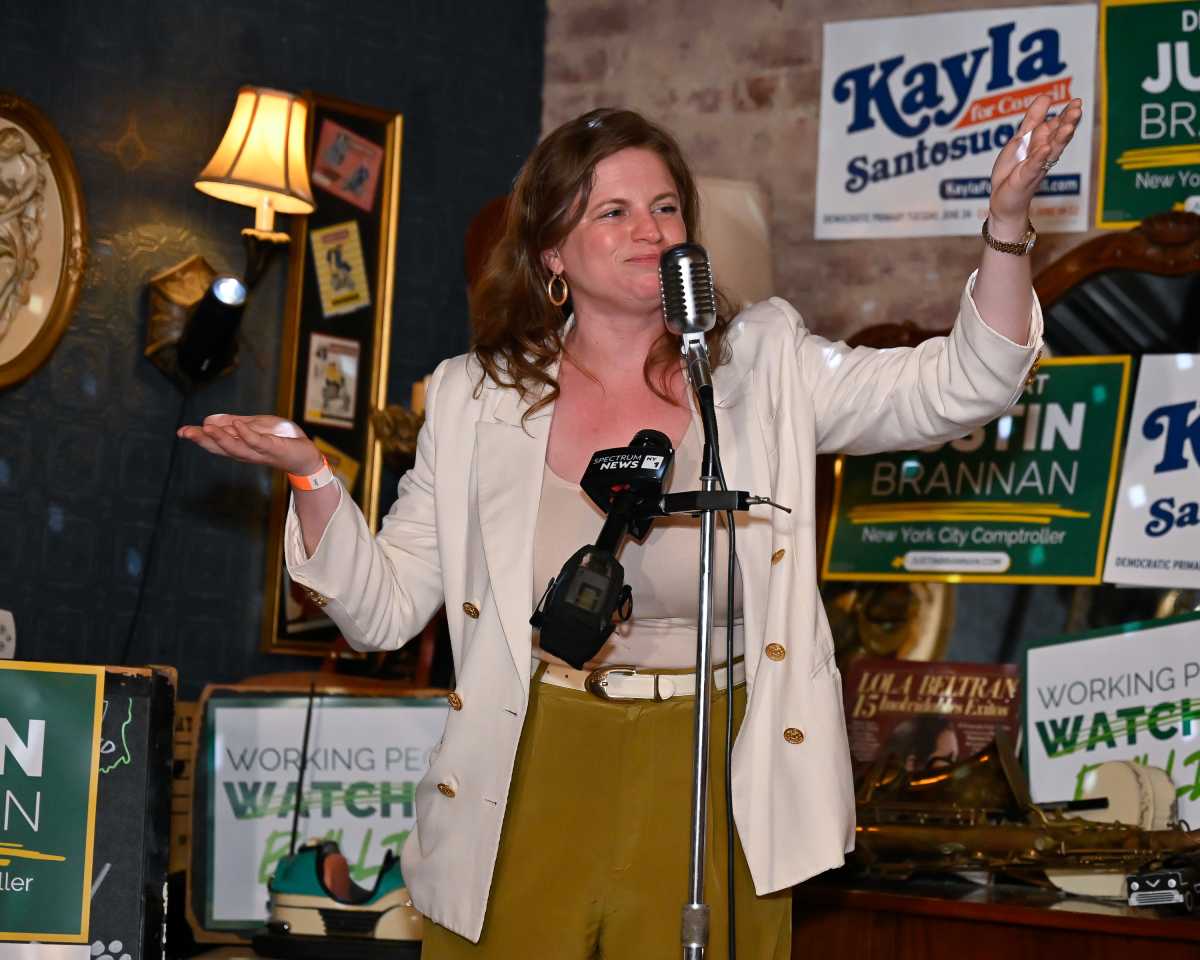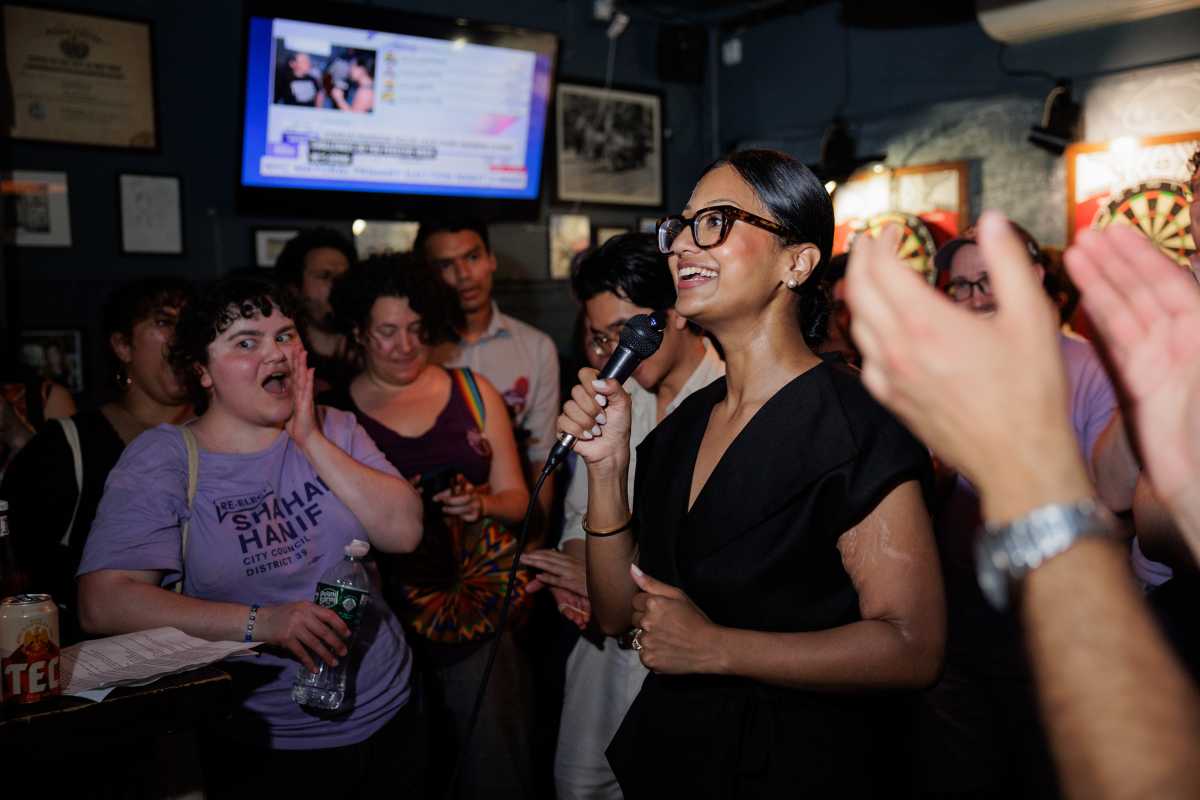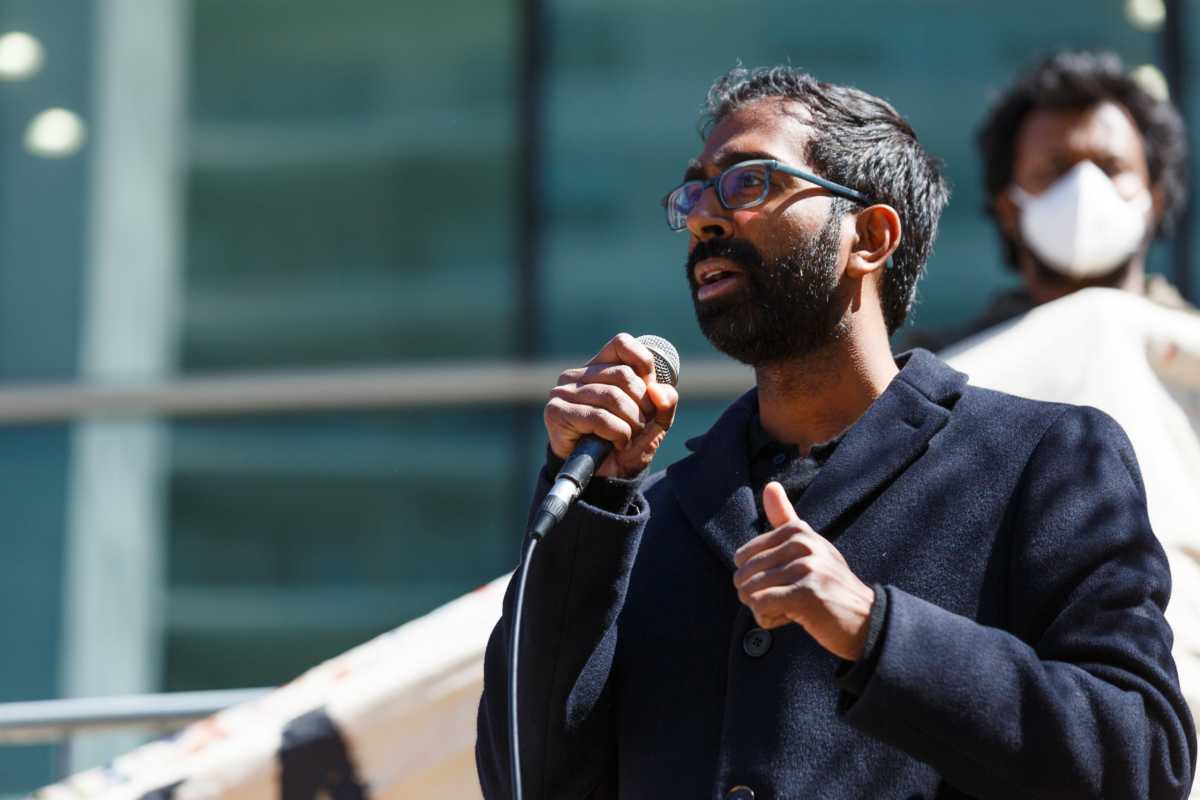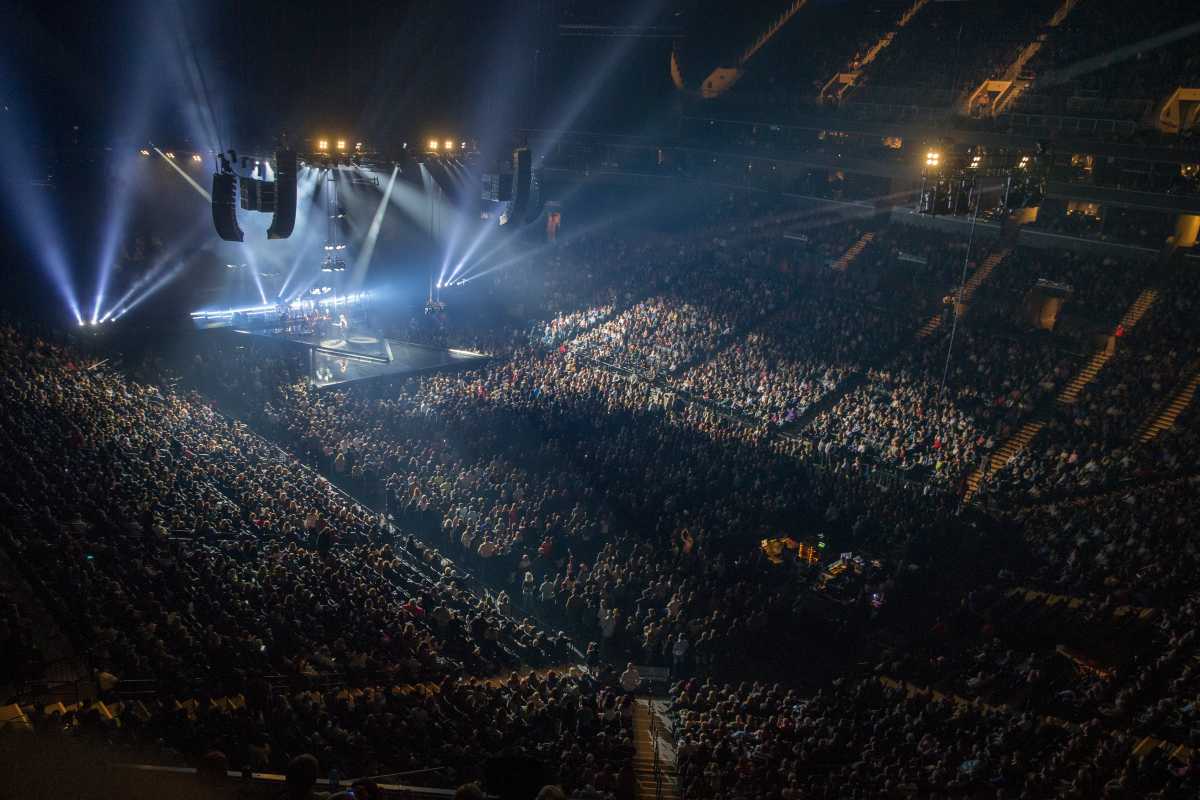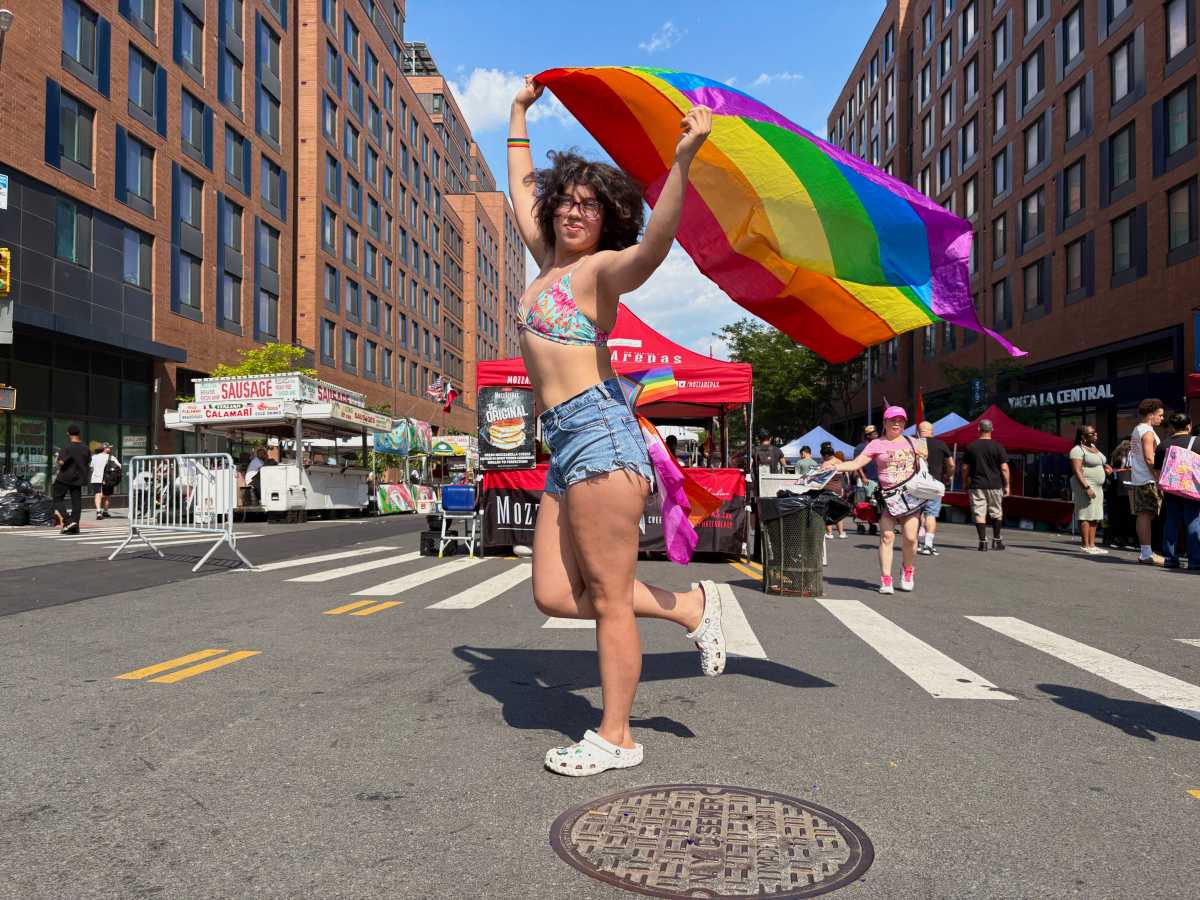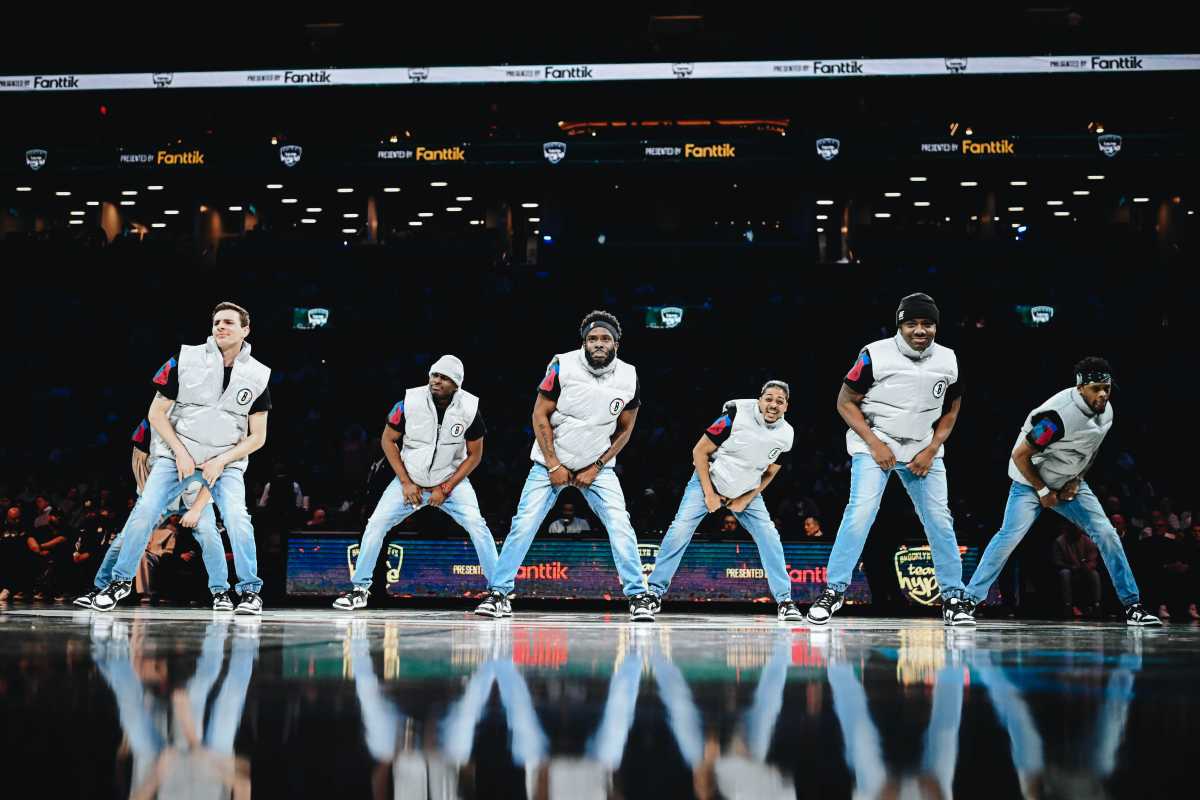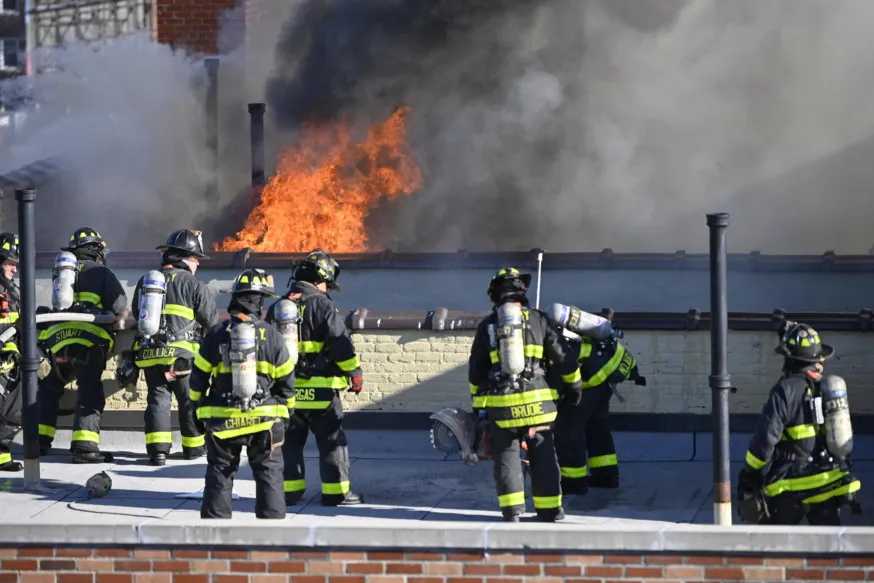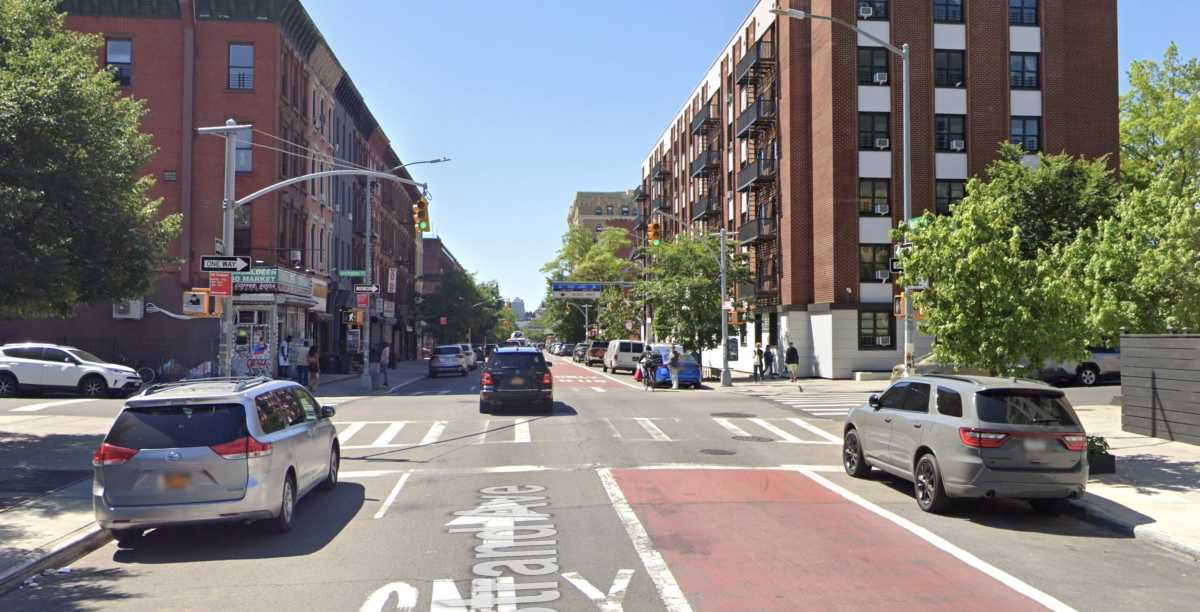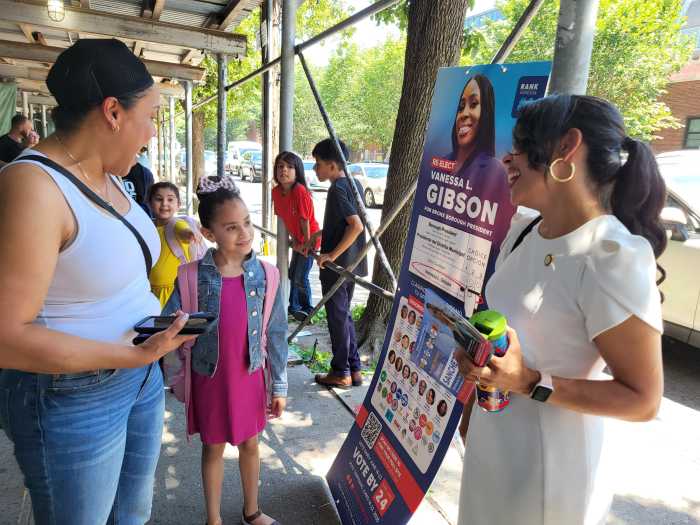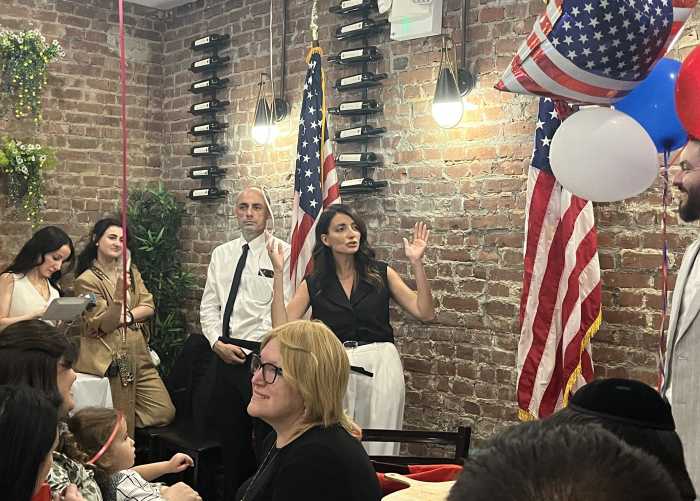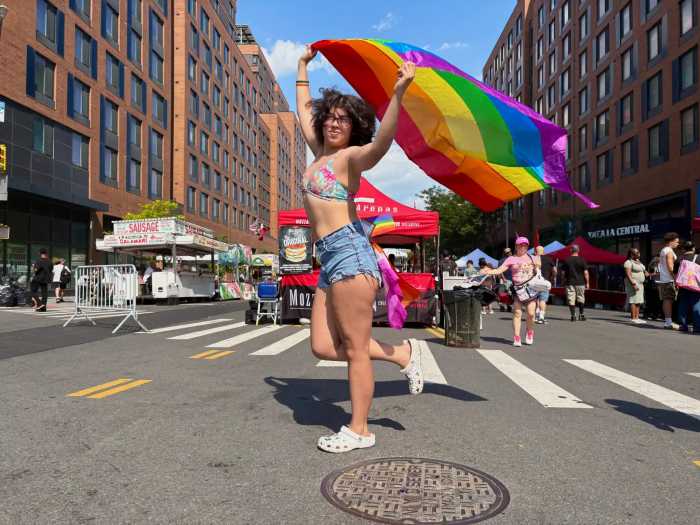The MTA announced a major milestone in its congestion pricing program as May brought in the highest monthly revenue collected so far for the agency in 2025.
As it undergoes a continued federal court ruling to determine its fate, congestion pricing, which charges drivers a base toll of $9 to enter Manhattan south of 60th Street, generated $61 million in May. It is up from April’s revenue of $56.7 million.
Jai Patel, the MTA’s co-chief financial officer, credited a long month and warm weather, which brought more people into the congestion relief zone (CRZ), as contributing factors to the significant revenue in May.
“It’s actually the highest month we’ve seen,” she said. “May has 31 days in it, but also as the weather gets warmer, we see increased traffic within our bridges and tunnels, and so, we are seeing the same in the zone.”
Expenses for the program, however, totaled $10.9 million in May, Patel added.
Congestion pricing’s total net revenue for 2025 so far totals $219 million. The program, which launched on Jan. 5, appears on track to meet its goal of generating $500 million for transit improvement projects in 2025.
“All indicators show that we are on track to bring in $500 million in revenue for the program, as we had projected,” Patel said.

Does more revenue mean more there is more traffic?
MTA officials said that May and June were expected to be the heaviest months for traffic.
“So we continue to see the benefits of the CRZ on traffic as well as the monetary aspect that we report in finance,” Patel said.
Even so, MTA’s metrics indicated that 2,076,163 fewer vehicles entered the CRZ in May. The MTA reports the baseline historical daily average of vehicles entering the tolling zone at 647,200 in May. But in May 2025, with congestion pricing, the average daily vehicle entries dropped to 580,227, according to the agency.
One New York driver who often commutes from Long Island to Manhattan said traversing the city has gotten easier this year, even as the weather warms up.
“Getting around in traffic is so much easier,” he said. “I feel like I’m not waiting as much as I used to.”
Danny Pearstein, the Riders Alliance’s policy and communication director, said congestion pricing helps mitigate the traditional traffic uptick that hits the city during warmer months.
“The program is continuing to exceed New Yorkers’ expectations,” he said. “It is converting skeptics and is proving itself over and over again. As traffic has ticked up during the summer months, congestion pricing is curbing its worst impact and earning even more money to fix the subway.”
The MTA has repeatedly said congestion pricing revenue will be used to improve public transit. Improvement projects include better accessibility at subway stations, more battery-electric buses with complementary charging infrastructure, and an array of structural enhancements such as track upgrades, bridge repair, and customer communication systems.
But J.R. Weldon, a Manhattan resident who drives and is also a car-share said he is curious to see what improvements will be made on the subways.
“My one observation is that the revenues realized of $61 million is bittersweet,” he said. “Given that most who drive in Manhattan would be reluctant to say that traffic congestion was meaningfully diminished, the issue becomes one of what has happened to the money collected from fee collection.”
Like other New Yorkers, he remains skeptical of the program and what it will fund.
“It’s definitely not going for air conditioning on the express buses,” Michael Ferrari of Staten Island said, and then called for the MTA to be audited.
Meanwhile, a report published on June 18 by the Regional Plan Association (RPA), a major tri-state area research group, showed that congestion pricing is leading to less traffic not only in Manhattan, but beyond.
The analysis shows that there are 25% fewer traffic jams in Manhattan, 10% fewer in the Bronx, and 14% fewer in parts of New Jersey.
“Drivers will continue to benefit by facing quicker and more reliable trips,” Rachel Weinberger, Ph.D., of the RPA, said. “They will also benefit from transit improvements as they will have more choices, in the event that they decide to use the better transit system, and in that their neighbors are more likely to use transit, freeing up the road for those who continue to choose driving.”














